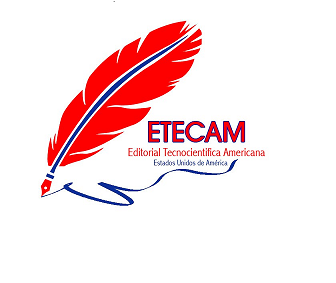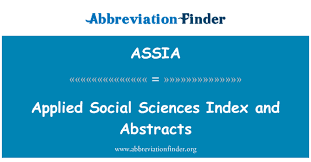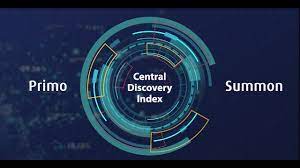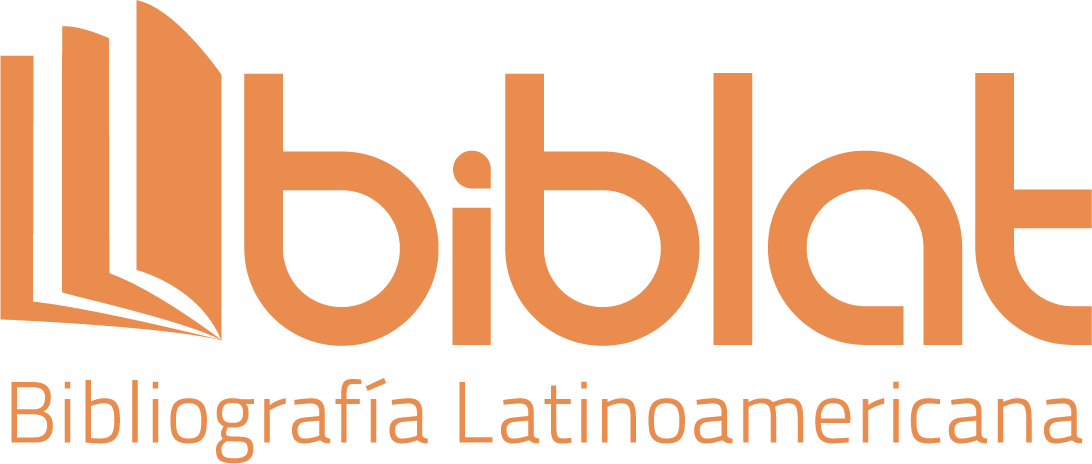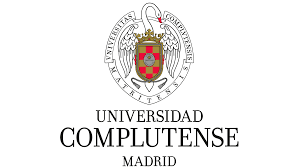Digital resources and tools for the development of temporal-spatial skills in the area of Social Studies for students in the eighth year of Basic General Education
DOI:
https://doi.org/10.51736/sa.v7iEspecial%205.377Keywords:
digital resources and tools, temporal-spatial skills, social studies.Abstract
Digital resources and tools are fundamental for the development of temporo-spatial skills in eighth grade students of basic general education, facilitate the understanding of the historical, geographical and intercultural world, and foster critical thinking and informed citizen participation. This study aims to develop a methodological strategy based on digital resources to improve these skills, integrating them effectively into the curriculum design and specific pedagogical strategies. The SeDInER methodological strategy (careful selection of digital resources; design of interactive activities; integration of collaboration and communication tools; formative assessment and personalized feedback) was designed through a system of activities ranging from the selection of digital resources to the integration of collaboration and communication tools, including formative assessment and personalized feedback. The implementation of the SeDInER strategy in eighth grade students of the PASA educational unit had a positive impact on academic performance in the area of social studies. It is concluded that the use of digital resources in the classroom improves comprehension and retention of information, and promotes a more critical and reflective approach, which contributes significantly to the integral development of students.
Downloads
References
Altamirano, M. F. (2016). La psicomotricidad en el desarrollo de las nociones temporo espaciales en los niños del primer año del paralelo “A”, de la Escuela de Educación básica “11 de Noviembre”, de la Provincia de Chimborazo período 2015–2016 Riobamba, UNACH 2016]. http://dspace.unach.edu.ec/bitstream/51000/1903/1/UNACH-FCEHT-TG-E.PARV-2016-000064.pdf
Funghi, C., McCowan, L. S., Schuett, W., & Griffith, S. C. (2019). High air temperatures induce temporal, spatial and social changes in the foraging behaviour of wild zebra finches. Animal Behaviour, 149, 33-43. https://www.sciencedirect.com/science/article/pii/S0003347219300053
Guano, L. G., Guanocunga, P., Johana, L., Nicole, R. G. J., Garzón, P. O., & Hernán, M. (2019). La realidad aumentada y su influencia en la Noción Temporo Espacial en niños de 4-5 años. https://repositorio.espe.edu.ec/bitstream/21000/36558/1/T-ESPE-058074.pdf
Hixson, J. D., & Braverman, L. (2020). Digital tools for epilepsy: opportunities and barriers. Epilepsy Research, 162, 106233. https://www.sciencedirect.com/science/article/pii/S092012111930378X
Keohane, R. O., & Nye Jr, J. S. (1973). Power and interdependence. Survival, 15(4), 158-165. https://www.tandfonline.com/doi/pdf/10.1080/00396337308441409
Lefebvre, H. (1974). La producción del espacio. Papers: revista de sociología, 219-229. https://www.raco.cat/index.php/papers/article/download/52729/60536
Nguyen, L. A. T., & Habók, A. (2024). Tools for assessing teacher digital literacy: a review. Journal of Computers in Education, 11(1), 305-346. https://link.springer.com/article/10.1007/s40692-022-00257-5
Ponce-Murillo, M. M., & Cedeño-Zambrano, R. Y. (2023). Estrategias metodológicas para estimular las nociones temporo-espaciales en los niños y niñas de Educación Inicial. MQRInvestigar, 7(2), 59-71. https://www.investigarmqr.com/ojs/index.php/mqr/article/download/326/1381
Reyes Flores, C. E. (2022). La importancia de la noción temporo espacial en el aprendizaje de la lógica matemática en los niños de 4 a 5 años La Libertad: Universidad Estatal Península de Santa Elena, 2022]. https://repositorio.upse.edu.ec/bitstream/46000/6694/1/UPSE-TEI-2022-0028.pdf
Santos, V., Vaz-Rebelo, P., Bidarra, G., Stettner, E., Guncaga, J., & Korenova, L. (2022). Teacher Training in the Fields of STEAM: From Physical to Digital Tools. International Conference on Technology and Innovation in Learning, Teaching and Education,
Xu, S., Pi, D., Cao, J., & Fu, X. (2021). Hierarchical temporal–spatial preference modeling for user consumption location prediction in Geo-Social Networks. Information Processing & Management, 58(6), 102715. https://www.sciencedirect.com/science/article/pii/S0306457321001990
Published
How to Cite
Issue
Section
License
Copyright (c) 2024 Mirian Elizabeth Pasmay Taco, Jessy Del Pilar Cadena Zambrano, Domingo Walter Borba Franco, Wilber Ortiz Aguilar

This work is licensed under a Creative Commons Attribution-NonCommercial-ShareAlike 3.0 Unported License.













